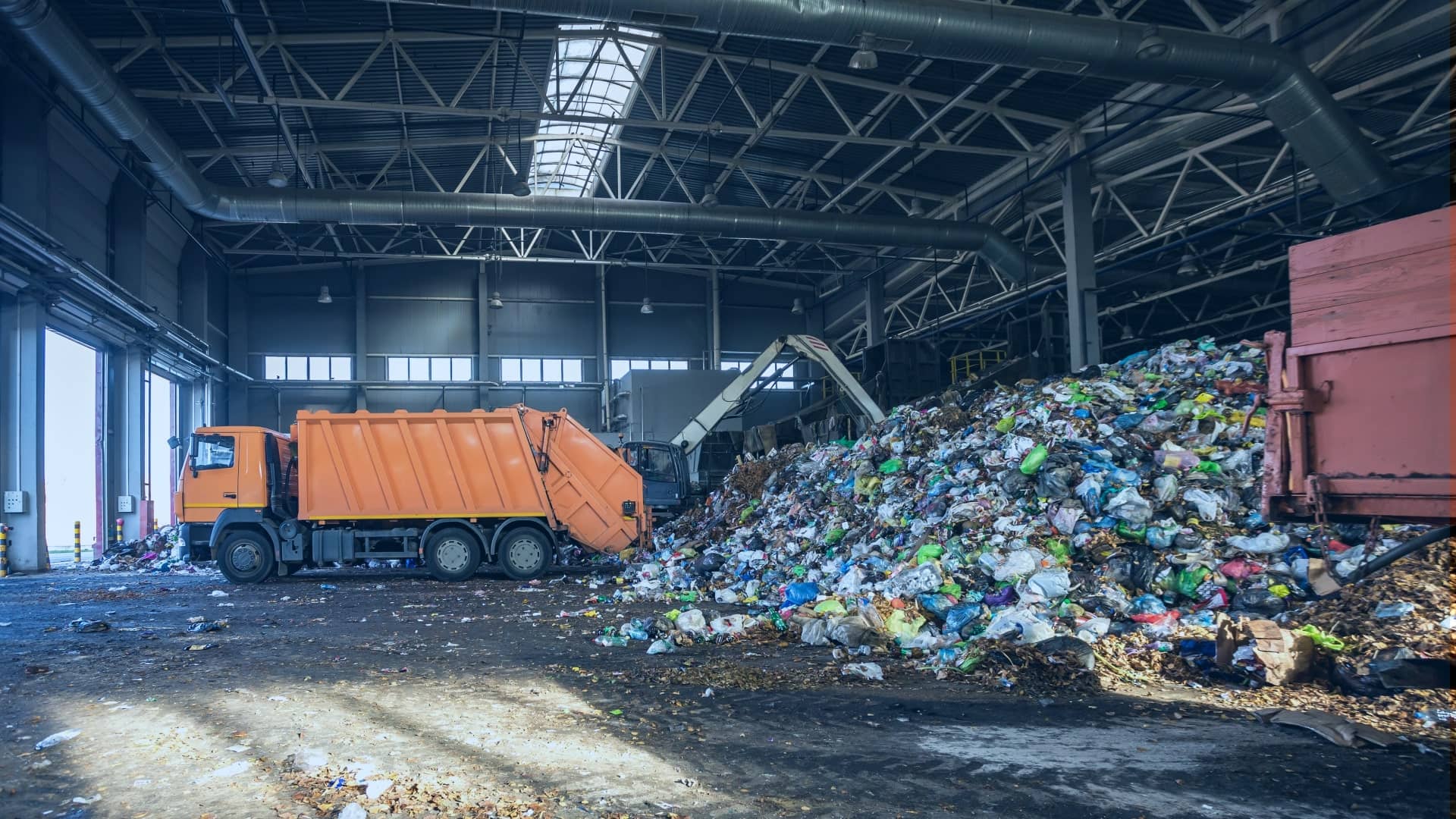4 Easy Facts About Reclaim Waste Explained
4 Easy Facts About Reclaim Waste Explained
Blog Article
Little Known Facts About Reclaim Waste.
Table of ContentsA Biased View of Reclaim WasteReclaim Waste for Dummies8 Simple Techniques For Reclaim WasteGetting The Reclaim Waste To WorkUnknown Facts About Reclaim Waste
Residential sewer waste refers to the waste and products from a household septic tank. The proper administration and disposal of domestic sewer waste need liquid waste to be moved to a sewage therapy plant where the proper techniques and tools are used to cleanse and dispose of waste.
Industrial waste typically consists of potential hazards, such as combustible products or a mixture of fluid and strong waste products, and needs an advanced and in-depth disposal process. The disposal of business waste commonly includes the filtration of waste prior to transport to make sure secure and correct disposal. Hazardous waste is developed from by-products and drainage of industrial processes and production.
This type of waste can not make use of the very same sewer monitoring transportation or procedures as septic or business liquids. The industrial waste administration procedure calls for the examination and screening of fluid waste before it undertakes the disposal process (liquid waste removal melbourne). Drainage waste is the fluid waste that originates from overflow and excess stormwater in highly booming areas or cities
Overflow waste can trigger contamination and flooding if not taken care of effectively. Find out more about sewer cleaning and waste management. Ensuring correct waste administration can stop catastrophes and lower ecological harm. Both individuals in property settings and professionals in business or production markets can gain from understanding the processes and policies of fluid waste administration.
All about Reclaim Waste
Get in touch with PROS Providers today to learn more about our waste monitoring and disposal solutions and the correct means to look after the liquid waste you produce.
(https://giphy.com/channel/reclaimwaste1)Do you know what takes place to your water when you pull the plug, purge the commode or drain pipes the cleaning machine? No? Well, it's worth understanding. This supposed 'wastewater' is not only an important source however, after therapy, will be launched to our land, waterways or the ocean. Made use of water from toilets, showers, baths, kitchen area sinks, laundries and commercial procedures is called wastewater.

water utilized to cool down equipment or tidy plant and equipment). Stormwater, a type of wastewater, is overflow that streams from agricultural and urban locations such as roofing systems, parks, gardens, roads, courses and seamless gutters right into stormwater drains, after rain. Stormwater moves without treatment straight to regional creeks or rivers, ultimately getting to the sea.
Get This Report on Reclaim Waste
In Queensland, a lot of wastewater is dealt with at sewage therapy plants. Wastewater is transported from residential or industrial sites through a system of sewage systems and pump terminals, recognized as sewerage reticulation, to a sewage therapy news plant.
The Division of Natural Resources encourages neighborhood governments about managing, operating and maintaining sewage systems and therapy plants. In unsewered locations, city governments might need owners to set up specific or home sewer therapy systems to deal with residential wastewater from commodes, cooking areas, bathrooms and laundries. The Department of Natural Resources authorizes the usage of house systems when they are verified to be reliable.
A lot of stormwater obtains no therapy. In some new neighborhoods, treatment of some stormwater to remove clutter, sand and crushed rock has actually started using gross pollutant catches. Wastewater treatment takes place in 4 phases: Gets rid of solid issue. Bigger solids, such as plastics and other things wrongly released to sewers, are eliminated when wastewater is gone through displays.
Uses small living organisms knows as micro-organisms to break down and remove staying dissolved wastes and great bits. Micro-organisms and wastes are incorporated in the sludge.
The 6-Minute Rule for Reclaim Waste
Nutrient removal is not available in all sewer treatment plants because it needs costly specialist devices. It is becoming much more usual in Queensland. Clear liquid effluent generated after treatment might still consist of disease-causing micro-organisms. If this effluent is launched right into rivers such as rivers or the sea, the micro-organisms will eventually die out.

Most wastewater flows into the sewage system. Under the Act, neighborhood federal governments administer authorizations and permits for eco appropriate tasks (ERAs) involving wastewater releases that may have a neighborhood effect.
Some Known Questions About Reclaim Waste.
Tracking offers factual information regarding water high quality and can verify that permit problems are being fulfilled. The details gotten through monitoring gives the basis for making water top quality choices.
Report this page